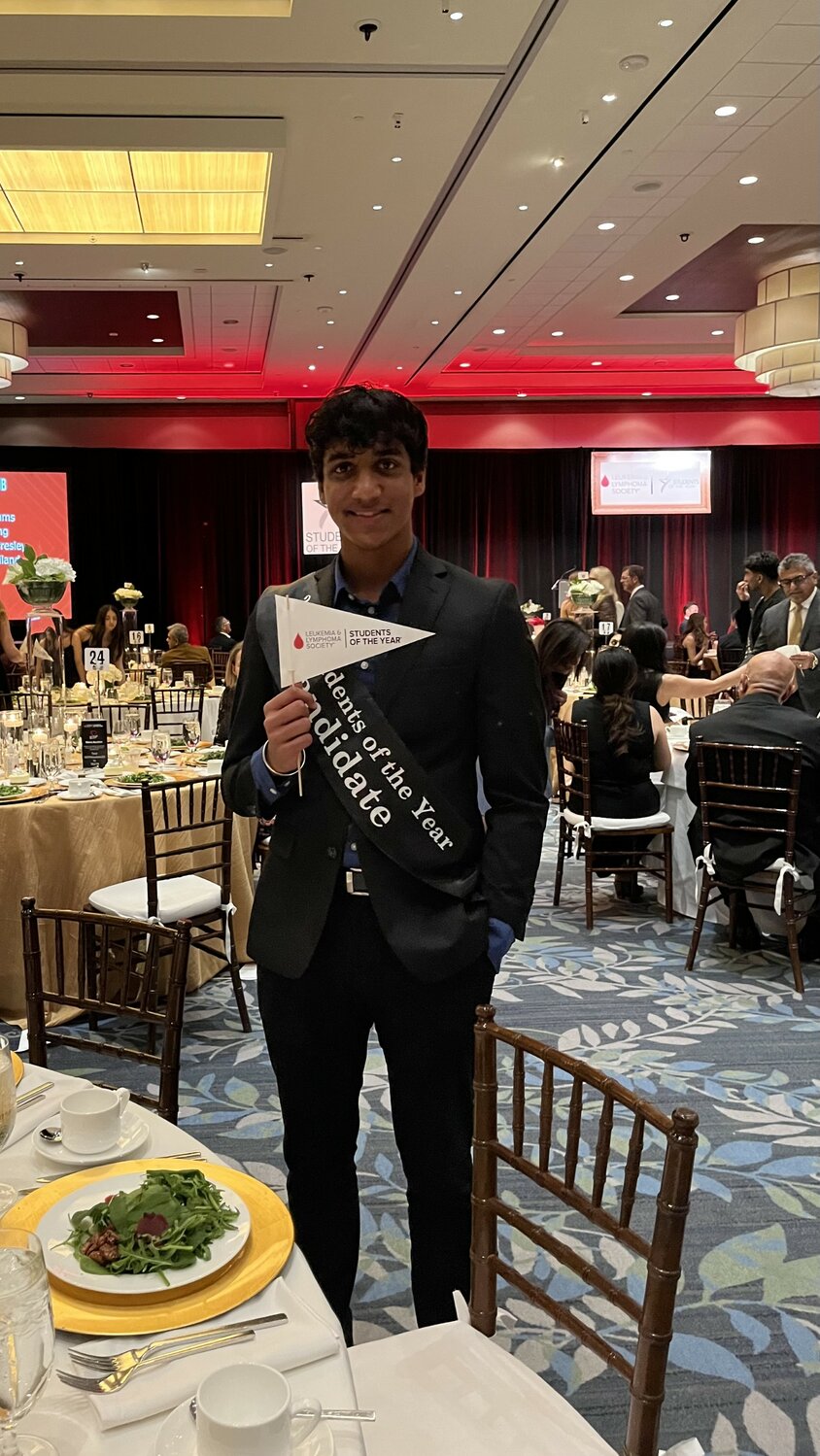Artificial Intelligence in Katy: Student describes its use in preparing writing assignments
Years ago, when he was in middle school, Rutva Gupta was part of several student groups that revolved around writing. Today, Gutpa is preparing for his senior year at Tompkins High School. He said he wanted to study either engineering or business, and he’s considering Rice University, the University of Texas at Austin, and Texas A&M University, among other colleges.
This item is available in full to subscribers.
Attention subscribers
To continue reading, you will need to either log in to your subscriber account, or purchase a new subscription.
If you are a current print subscriber, you can set up a free website account and connect your subscription to it by clicking here.
If you are a digital subscriber with an active, online-only subscription then you already have an account here. Just reset your password if you've not yet logged in to your account on this new site.
Otherwise, click here to view your options for subscribing.
Please log in to continue |
Artificial Intelligence in Katy: Student describes its use in preparing writing assignments
Second of a series.
Years ago, when he was in middle school, Rutva Gupta was part of several student groups that revolved around writing. Today, Gupta is preparing for his senior year at Tompkins High School. He said he wanted to study either engineering or business, and he’s considering Rice University, the University of Texas at Austin, and Texas A&M University, among other colleges.
Artificial intelligence is and will be a part of how he does his classwork to get him there.
“Basically, this past year we’ve seen the release of ChatGPT, and at our school—that’s when this discussion of AI really became this real thing,” Gupta said. “In the past, we’ve seen AI support the theory in the metaverse and things like that. But we never really took it seriously, and so people started using AI so prolifically with applications like ChatGPT. That’s where I was also introduced to the world of AI.”
Gupta said he was a part of an AP, for advanced placement, program at Tompkins that covers the field of writing and how students prepare their research papers. Officials who oversee such programs passed regulations on AI usage, he said.
Teachers, understandably, want to ensure that a student’s work is his or her own, and not plagiarized. Gupta said many teachers use a website, turnitin.com, to perform that checking.
“Basically, this website is what teachers use to check that this paper was completely written by a student,” Gupta said. “It’s a plagiarism checker.”
Yet the website, while useful, has brought with it an unintended side effect, Gupta said.
“Students who didn’t use AI were also being flagged by this checker,” Gupta said. “When a student cheats of AI and they make AI do their work, the way to punish them is to give them a grade on the assignment, right? So, when students who were not using AI and getting flagged by this checker, they also received an unfair punishment in terms of a bad grade. That’s something that a lot of my peers were experiencing. That’s something that I actually also went through.”
Artificial intelligence, ultimately, is a tool. In talking with his classmates, Gupta said they think that the technology is something new that they have not seen.
“If it’s able to do a lot of your work for us, that we should take advantage of that and that’s something that a lot of students have use,” Gupta said.
Reaction from his teachers has been mixed.
“Generally, I’ve seen that teachers don’t like this technology because it encourages cheating and students taking shortcuts,” Gupta said. “One of my teachers that teaches me, they also had to deal with students using AI as a shortcut, but they recognize this technology is growing at a really rapid pace and this is becoming essentially a part of the students’ life. This is something that’s going to have to be incorporated. We’re going to have to incorporate this into our regular education.”
Gupta said artificial intelligence is a good starting place when researching.
“If you want to do research on a topic, if you want to get some quick entry point into some new research idea, then you can ask any form of AI to summarize this topic for me and it will give you some list of key bullet points that you have to know and you have to look for in your research,” Gupta said. “It’s a really good place to start when you are researching.”
In a statement, Katy ISD said it continues to learn about artificial intelligence.
“The district is continually learning about the technology, Artificial Intelligence (AI), which is not currently available to students via the District’s Wi-Fi,” the statement said. “The district’s instructional practices for the writing process is designed to minimize the ability for students to imitate the works of others or AI. These practices include teacher-guided steps for brainstorming, developing outlines, multiple drafts, and executing revisions—steps that enable our teachers to closely monitor our students’ writing growth and the characteristics of their compositions. The district also plans to provide teachers training in AI-detection applications as an additional tool to help protect the integrity of the writing process.”
CORRECTIONS: This story has been updated to correct the spelling of Rutva Gupta’s name. Gupta also clarified that he did not use ChatGPT in any way when preparing his article “AI is here to stay,” that The Times ran. The Times regrets the errors.
Keywords
artificial intelligence, ChatGPT






